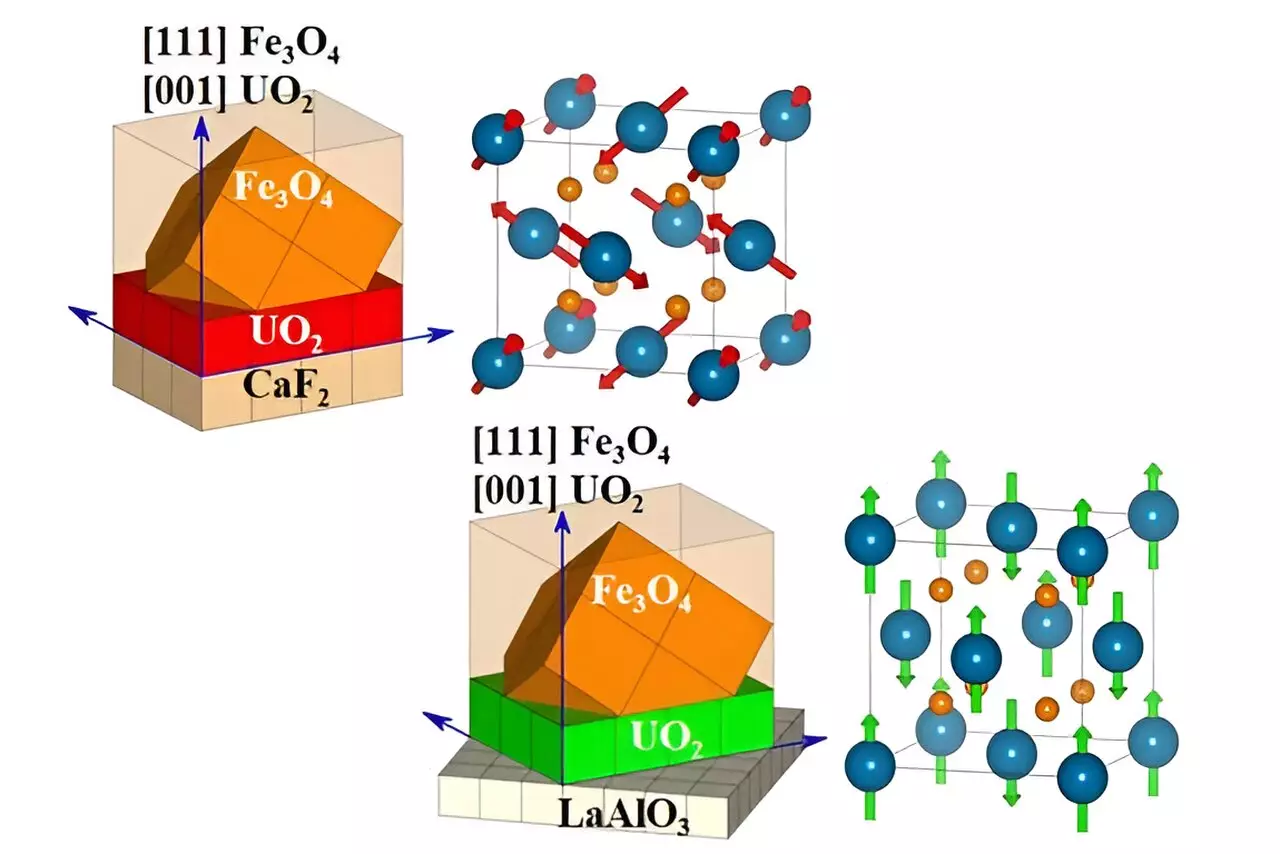Electronics have traditionally been based on the movement of electrical charges, with currents flowing and signals transmitted through the application of electrical voltage. However, a new field known as spintronics has emerged, which focuses on manipulating electronic currents and signals by utilizing the intrinsic magnetic moment of electrons. This field has gained significant attention in contemporary electronic research and has the potential to revolutionize electronic technologies.
Recently, an international research team involving TU Wien and the Czech Academy of Sciences made a groundbreaking discovery in the field of spintronics. They successfully switched the spins in an antiferromagnetic material using surface strain. This achievement opens up new possibilities for research and development in electronic technologies, paving the way for exciting advancements in the field.
Antiferromagnetism is a type of magnetism where neighboring atoms in a material have opposite spins, resulting in the cancellation of magnetic forces. This unique property makes antiferromagnetic materials challenging to manipulate. However, researchers have found that by applying surface strain to specific types of crystals, they can control the spin arrangement and switch the magnetic order of the material.
One of the main challenges in spintronics is the difficulty in manipulating spins in antiferromagnetic materials. Unlike ferromagnets, which can be easily influenced by external magnetic fields, antiferromagnets require alternative methods for spin manipulation. By introducing mechanical stress to compress the crystal lattice slightly, researchers have found a way to switch the magnetic order of antiferromagnetic materials, demonstrating the potential for utilizing magnetic frustration in spin manipulation.
The ability to switch spins in antiferromagnetic materials using surface strain opens up new possibilities for the development of spintronic applications. This advancement could lead to the creation of more efficient and reliable computer memory cells, such as MRAM. By harnessing the properties of magnetic frustration, researchers are pushing the boundaries of traditional electronics and paving the way for innovative technologies that rely on spin manipulation for enhanced performance.
The recent breakthrough in manipulating spins in antiferromagnetic materials using surface strain represents a significant step forward in the field of spintronics. This discovery has the potential to drive advancements in electronic technologies and open up new avenues for research and development in the field. As researchers continue to explore the possibilities of spin manipulation, we can expect to see further innovations that will shape the future of electronics.


Leave a Reply